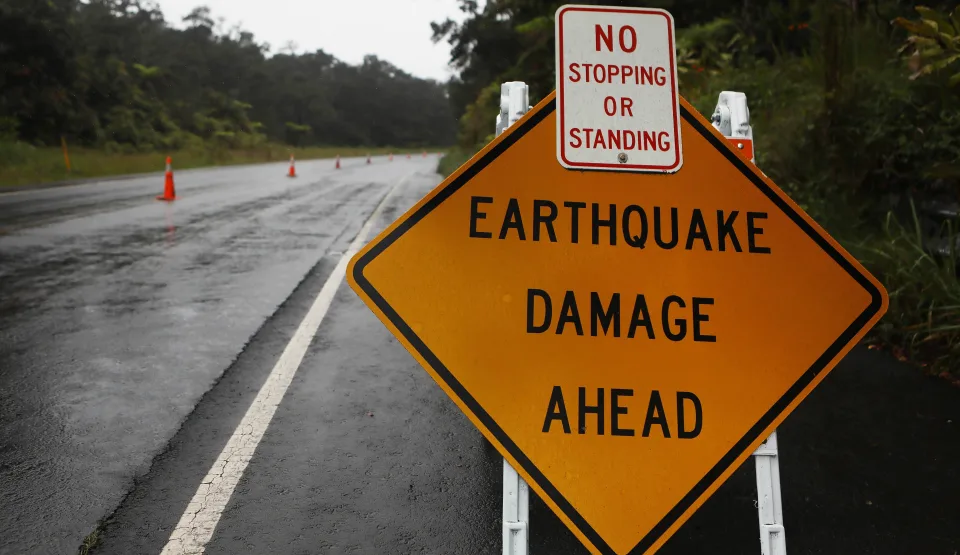17/01/2024
17/01/2024

NEW YORK, Jan 17: In a significant development for earthquake preparedness, the U.S. Geological Survey (USGS) recently presented its latest National Seismic Hazard Model, revealing crucial insights into earthquake risks across the United States. The model, created through a comprehensive analysis of seismic studies, historical geological data, and cutting-edge data-collection technologies, has been updated to establish a standard practice for public policy and engineering applications.
The USGS emphasized the impossibility of predicting earthquakes but stressed the importance of understanding fault lines and historical quake data to assess the likelihood and potential intensity of future seismic events.
The National Seismic Hazard Model resulted in a comprehensive color-coded map encompassing all 50 states, marking the first time the model has simultaneously included every state. The visual representation brought forth key findings, indicating that nearly 75% of the nation might experience intense ground shaking and damage due to earthquakes. Particularly high-risk areas, shaded in bright red and burgundy, include California, parts of the Pacific Northwest, the Mid-South, Alaska, and Hawaii, placing hundreds of millions of lives at risk, according to scientists involved in the project.
Notably, the research revealed that 37 states have encountered earthquakes exceeding a magnitude of 5 over the past two centuries. The updated model is anticipated to provide critical insights for architects, engineers, and policymakers, guiding the planning and construction of buildings and structures in the U.S.
Mark Petersen, USGS geophysicist and lead author of the study, highlighted the extensive collaborative effort involving federal, state, and local governments, as well as the private sector. He expressed that the new seismic hazard model represents a landmark achievement in enhancing public safety and earthquake resilience.


